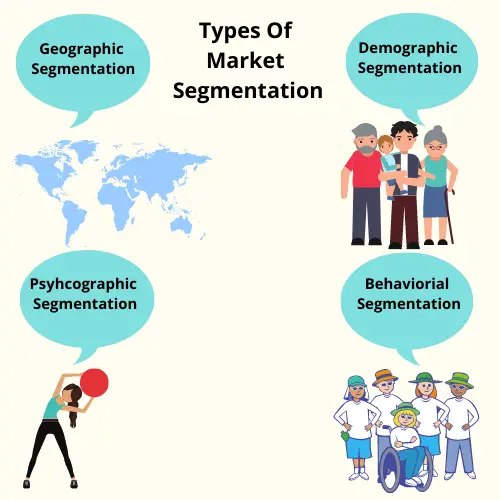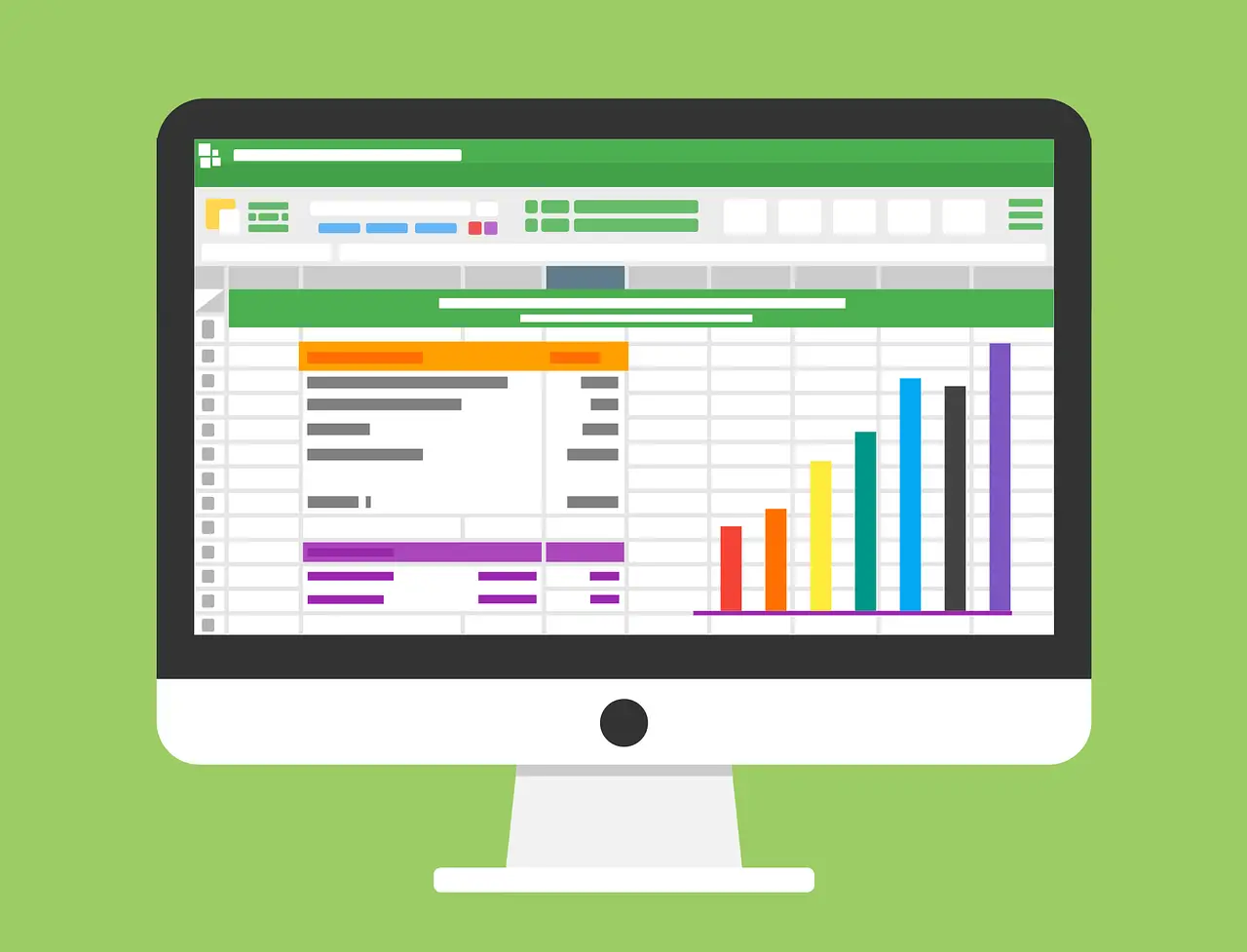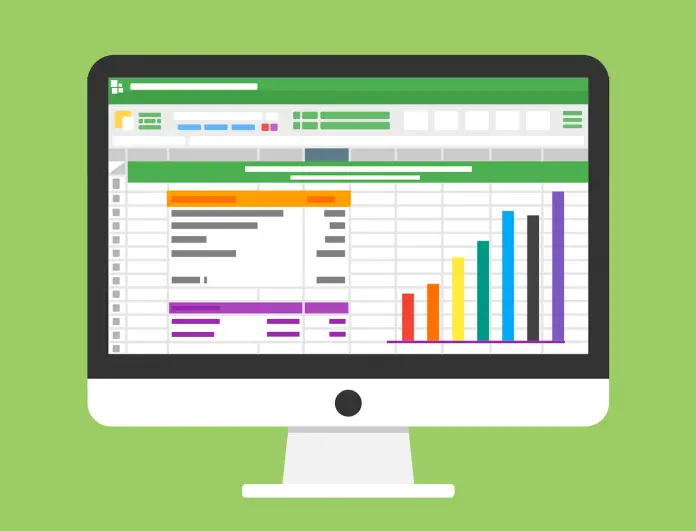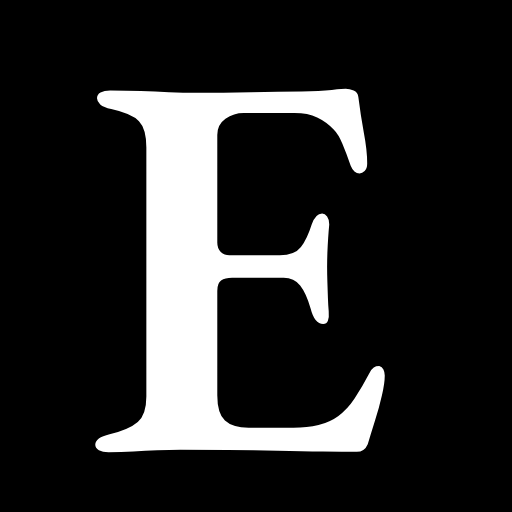[ad_1]
Turning your business idea or proposal into a need-catered product or service requires the basic step of targeting the right people or audience/market at the right time. It is essential to understand and realize that “not every product is for everyone”. If targeted too widely, the right message will be delivered to the masses but will not end up bifurcating satisfied and loyal customers. Segmenting the right customers based on age, lifestyle, wealth, diet-conscious, preferences, location, or any other characteristic of consumers will increase the likelihood of a higher repeat purchase rate.
What Is Market Segmentation?
Market Segmentation is all about “reaching the right customers with the right message and at the right time”. It helps you target a specific group that possesses similar characteristics or properties. The process of market segmentation initiates by identifying the purpose of the business idea and for whom this idea could be beneficial. Market Segmentation is a way of segregating a wide population or market into smaller focused groups to better convey the marketing message while analyzing and catering to the needs, wants, and desires.
Types Of Market Segmentation


There are four distinctive types of market segmentation involved in the marketing plan: Demographic, Psychographic, Behavioral, and Geographic Segmentation. All four ways of dividing the market differ in terms of execution and implementation.
Demographic Segmentation
Demographic Segmentation is one of the most traditional and easiest ways of dividing customers based on elements like income, population, age, sex, family size, socioeconomic measures, religion, ethnicity, etc.
Psychographic Segmentation
Psychographic Segmentation splits down the market into sub-categories based on buying behavior influenced by psychological attributes. The psychographic variables/traits include attitude, perception, lifestyle, the standard of living, interests, values, thoughts, emotions, beliefs, personality, opinions, social status, etc. These attributes of a consumer help a marketer to analyze the consumption habits of a buyer to gain an insight into how different sub-segments respond to distinctive marketing tactics or advertisements.
Geographic Segmentation
Geographic Segregation is the simplest and easiest way of dividing the market into sub-sections based on where they live or work. This marketing tactic involves the categorization of the target market/ audience while locating particularly into a specific region, country, state, province, Zip Code, climate, atmospheric changes, language, preferences based upon culture, etc.
Holistically, there are six most prominent geographic variables used to develop and divide the customer segments:
- Timezone
- Location
- Cultural Preferences
- Seasonal attributes
- Type of population or how densely populated they are in a region (rural, urban, suburban)
- Language
Behavioral Segmentation
The procedure of systematically arranging groups or separating the target audience based on their behavior patterns and how they respond or react while interacting with a particular marketing message, advertisement, website, business idea, or a brand/product/service.
After gaining an insight into demographics and locations, the behavioral study of a consumer allows a business or marketer to examine and understand the repeated behaviors or patterns of customers which would help them to convey the right message to the right audience.
Behavioral segmentation sorts the market relying on the following:
- perception about the brand/product/service
- Attitude towards a brand
- the way a product is consumed/ usage of a brand/benefits sought
- How well they know a brand or service
- Buying propensity or propensity to buy (likelihood of purchasing a specific product)
- Occasional buying
- Customer loyalty
Let’s explore some real-world practical and successful implications of market segmentation by different well-known brands:
Example # 1: DOVE


A popular brand of Uniliver; Dove initially used demographic market segmentation to reach out right customers with the right message. It focused on women who are above 18 irrespective of what complexion or color tone they have. Dove emphasizes women who use quality products, have high purchasing power, are known about beauty products, and are cautious for their skins. Furthermore, it elaborates on strengthening the self-esteem of women letting them be aware of real beauty with a positive campaign “You are beautiful the way you are”. This directly hit them psychologically making them more confident, self-dependent, and brave. This proves that Dove applies psychographic variables like emotions, beliefs, values, thoughts, interests, and perception.
Example # 2:McDonald’s


Geographic Segmentation
- Asia, Middle East, US, Europe, Latin America, Canada, Europe, and other corporate countries.
- Reflecting global taste preferences accordingly with a vast menu inclusive of McAaloo Tikki, McArabia, Chicken Maharaja, etc.
Demographic Segmentation
- Happy meal for children with toys and presents.
- “Free Wifi” catering to busy and addicted youth
- “Low-calorie full meal” for diet-conscious ones.
- Consumers of upper-middle class and upper class with greater purchasing power.
Psychographic Segmentation
- Enthusiastic and adventurous consumers, zestful and exuberant players, who are more towards converting a regular day into an energetic party by having MacJr, Big Mac, Heavy Mac Beacon, Grand Mac.
Example # 3:Pearl Dust (Uniliver Pakistan)


“Inspires togetherness and comfort in a couple’s relationship”
Geographic Segmentation
Unilever Pakistan launched one of its tea with another brand name as “Pearl Dust” in Sindh, Pakistan only. It catered to Sindhi culture and preferences promoting it with very appealing packaging: couple wearing Sindhi Ajrak dress which demonstrates a ‘sense of closeness in a relationship’. It is cheap and accessible in all sizes and designed for all family sizes. Since it is observed in such a culture, family size is normally greater because of unawareness. Uniliver targeted a specific and narrow sub-group or niche that supported generating notable sales from a particular region.
7 Advantages of Market Segmentation Leading to Higher ROI
- Know your customer better
Segmenting a larger audience into sub-groups will help a business to gain detailed customer insight to better deliver the marketing message to a specific group only.
2. Higher Customer Satisfaction
When the right message is delivered appropriately to the right segment only, a higher level of contentment in customers is observed. This will increase the likelihood of repeat purchase behavior as the marketer has done a deep study on the customers considering all types of factors: psychographic, demographic, behavioral, and geographic hence, the business can amend the offering (product or service) and marketing message according to the target audience.
3. Brand adherence because of smooth customer experience
How well a brand builds an emotional relationship with its customers defines customer engagement. It is the most prominent and primary benefit of market segmentation as it is very challenging but essential to have deep-analyzed data of customers to be targeted.
4. Sleeking mass market results in wise and efficient usage of resources
Generally targeting the entire audience requires a lot more resources to deliver the marketing message via any marketing strategy. On the contrary, catering to those specifically who needs, wants, or desires for your offering, will lead to efficient and effective resource management.
5. Optimization of cost leading to higher profitability
Market Segmentation is a helpful tool to gain a deeper insight into customers which advocates in segregation of larger audiences. Such a tactic of business intelligence helps in managing resources or assets and assists in developing and maintaining a competitive advantage over others and thus, results in higher profitability while incurring optimal amount of cost only.
6. Discovery of niche market competencies
While market segmentation; sometimes the process helps significantly to the discovery of potential newcomers or niche markets where a business could be further grown by modifying and improvising a marketing strategy.
7. Impactful marketing plan paves the way to a significant increase in ROI
The ultimate end of efficacious market Segmentation pertains to developing a strong and influential marketing plan which would lead to higher ROI or return on investment. Market Segmentation is a very impressive tool to determine which type of offering to be awarded to consumers to fulfill the needs/wants/desires of the target segment. The comprehensive and detailed dynamics of the targeted subgroup will let a business develop a powerful marketing plan to reach them and how zestful the plan is, would be witnessed by the boost in sales resulting in a greater return.
[ad_2]
Source link





